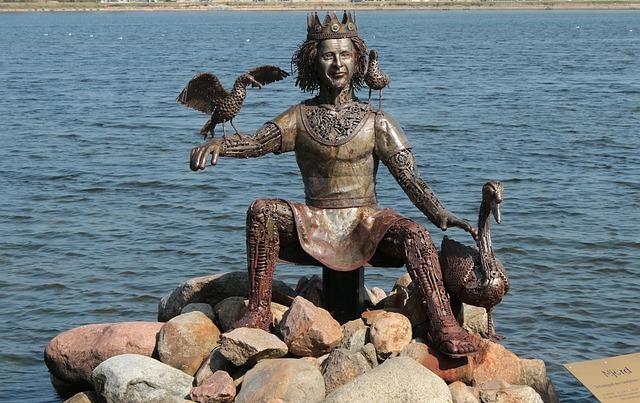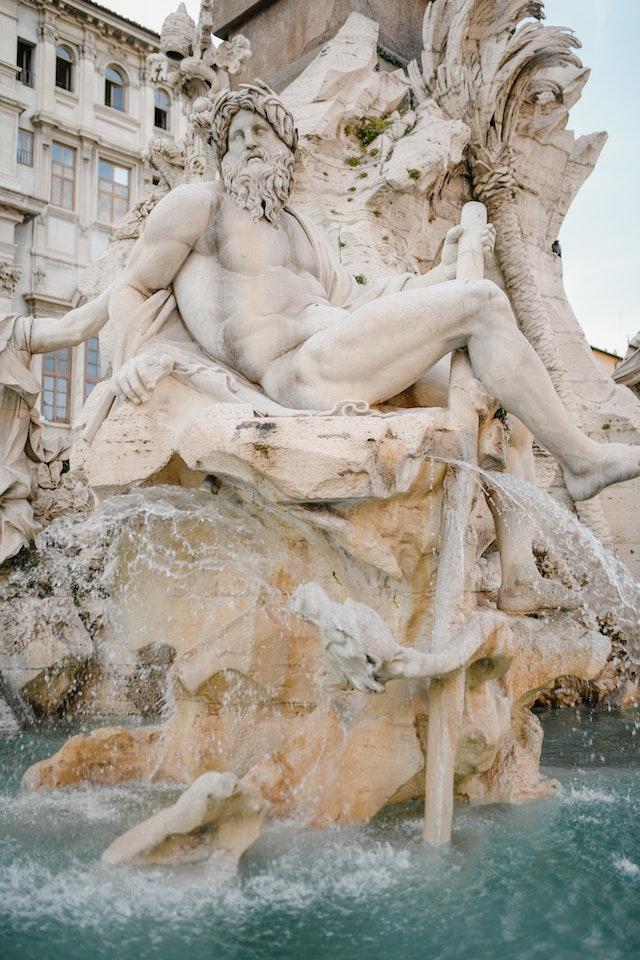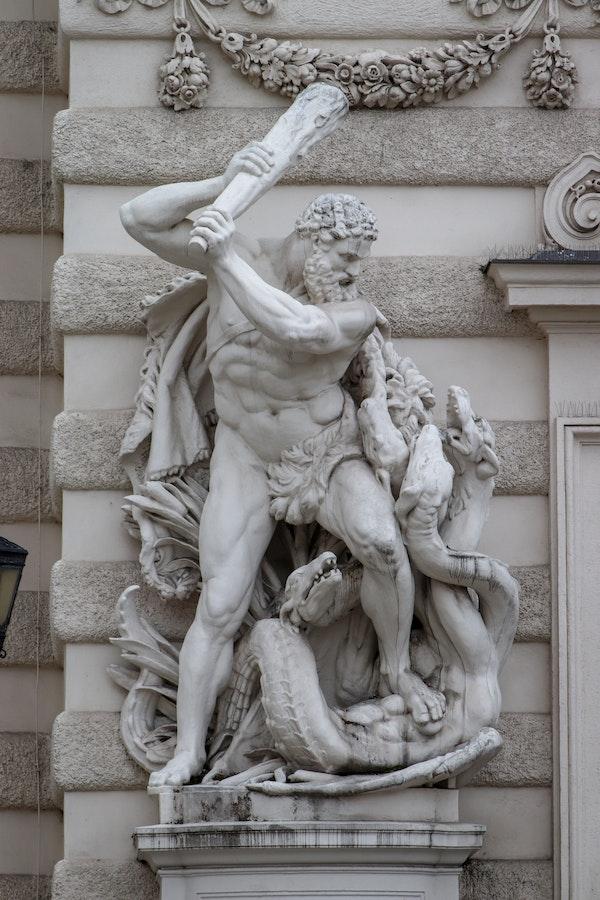
Norse mythology is a collection of myths, stories, and legends from ancient Northern Europe.
These myths are centered on the gods and goddesses of Norse mythology, such as Odin, Thor, Freya, and Loki.
In addition to providing detailed accounts of the lives and adventures of these deities, Norse mythology also contains fascinating stories about giants, monsters, and other fantastical creatures.
Whether you are a student studying Norse mythology for class or an avid enthusiast of ancient folklore, there is something to be learned from the fascinating myths and legends of this time period.
So if you’re ready to explore the world of Norse mythology, keep reading!
Fact #1: Norse mythology was the mythology of pre-Christian Scandinavians.
Norse mythology is often thought of as the mythology of ancient Northern Europe, and this is largely true.
However, it should be noted that Norse mythology was originally practiced by pre-Christian Scandinavians.
This means that many elements of Norse mythology originated in other parts of Europe, particularly areas where Germanic tribes were located.
At its core, Norse mythology is a fascinating collection of stories and legends that describe the lives and adventures of the gods and goddesses who inhabited this world.
Fact #2: The main god of Norse mythology was Odin.
Odin was the main god of Norse mythology, and he was often depicted as a powerful and all-seeing being who ruled over the other gods and goddesses.
Odin was associated with wisdom, battle, death, magic, and poetry, and his symbol was the raven.
He was considered to be one of the most important deities in Norse mythology, and he was often depicted as a one-eyed god who rode on the back of an eight-legged horse.
Despite his power and influence, Odin was not without his weaknesses.
He was said to be extremely proud and arrogant, and this often led him into dangerous situations that put both himself and the other gods at risk.
However, Odin was also known for his fierce loyalty and devotion to his people. He would often risk everything in order to protect the world of Norse mythology from threats, both great and small.
- Read also: What is the Story Behind Medusa
- Read also: How Did King Tut Die
Fact #3: The Norse god Thor was associated with thunder.

The Norse god Thor was associated with thunder and lightning in Norse mythology.
He is often depicted as a tall and powerful warrior, armed with a mighty hammer that he used to unleash devastating blows against his enemies.
Thor was seen as a symbol of strength and power, and he was revered by the ancient Norse people for his ability to protect them from harm.
He was also associated with fertility and the harvest, and many legends revolved around his battles against giants and other mythical creatures.
Fact #4: The goddess Freya was associated with love and beauty.
In Norse mythology, the goddess Freya was associated with love and beauty.
She was a powerful and respected deity who possessed great wisdom and insight, as well as magical abilities that allowed her to control the natural world.
Freya was seen as a symbol of fertility and sensuality, and she often used these qualities to inspire passion in others.
She was known for her beauty and allure, as well as her ability to attract love and romance into her life.
Fact #5: Loki was a mischievous and unpredictable trickster in Norse mythology.
In Norse mythology, Loki was often depicted as a mischievous and unpredictable trickster who constantly undermined the authority of the other gods.
He was known for causing trouble through his clever schemes and devious tricks, often betraying his friends in order to benefit himself.
Despite his negative qualities, Loki was often viewed as a source of amusement and entertainment in Norse mythology, with many tales revolving around his clever plots and schemes.
Fact #6: The end of the world was a central theme in Norse mythology.
The end of the world was a central theme in many stories and accounts from Norse mythology.
This is likely due to the fact that the ancient Norse people viewed time as cyclical, with an endless series of worlds coming and going over time.
At the heart of this belief was the idea that a great cataclysmic event would one day bring about the world’s end.
This event was often foreshadowed or predicted in various stories and legends and was viewed as a catalyst for massive transformation and renewal.
Fact #7: The ancient Norse people believed in various mythical creatures.
The ancient Norse people were well known for their belief in a wide range of mythical creatures.
These beings were believed to play an important role in the natural world, and they often appeared in stories and legends as symbols of good fortune or warnings of danger.
Some of the most commonly believed mythological creatures included elves, dwarves, nymphs, and dragons.
These creatures were often depicted as having magical abilities or extraordinary strength, and they were often associated with specific locations or elements in the natural world.
Fact #8: Norse mythology was closely tied to the ancient Vikings.
Norse mythology was closely tied to the ancient Viking culture, as many of the stories and legends from this tradition were likely inspired by real-life events or experiences among the Viking people.
Vikings were a warrior culture that often relied on Norse mythology for its religious beliefs and social structures.
They often viewed mythical figures and events as symbols of their own strength and power, and many stories from Norse mythology were likely inspired by historical events involving the Vikings.
Fact #9: Norse mythology influenced many modern works of art and literature.

Norse mythology has had a significant influence on many modern works of art and literature, including films, television shows, novels, and comic books.
This is likely due to the fact that the stories and legends from this tradition are rich in themes of heroism, adventure, and magic.
They also offer a fascinating glimpse into the beliefs and worldview of the ancient Norse people, making them an enduring source of inspiration for storytellers and artists around the world.
- Read also: Who Is Santa Muerte
- Read also: How Was Machu Picchu Built
Fact #10: The study of Norse mythology is known as “Norse studies.”
The academic discipline dedicated to studying and understanding Norse mythology is known as “Norse studies.” This field of study draws on a variety of academic disciplines, including religious studies, history, folklore, and literature.
Norse studies are especially popular among scholars and students interested in the mythology and beliefs of pre-Christian Northern Europe.
It offers a unique lens through which to view the world and our place within it, as well as an opportunity to understand the history and culture of the ancient Norse people.
In conclusion, there are many interesting facts and insights related to Norse mythology.
From its origins in ancient Viking culture to its enduring influence on modern works of art and literature, this fascinating tradition continues to captivate our imaginations and inspire us today.



